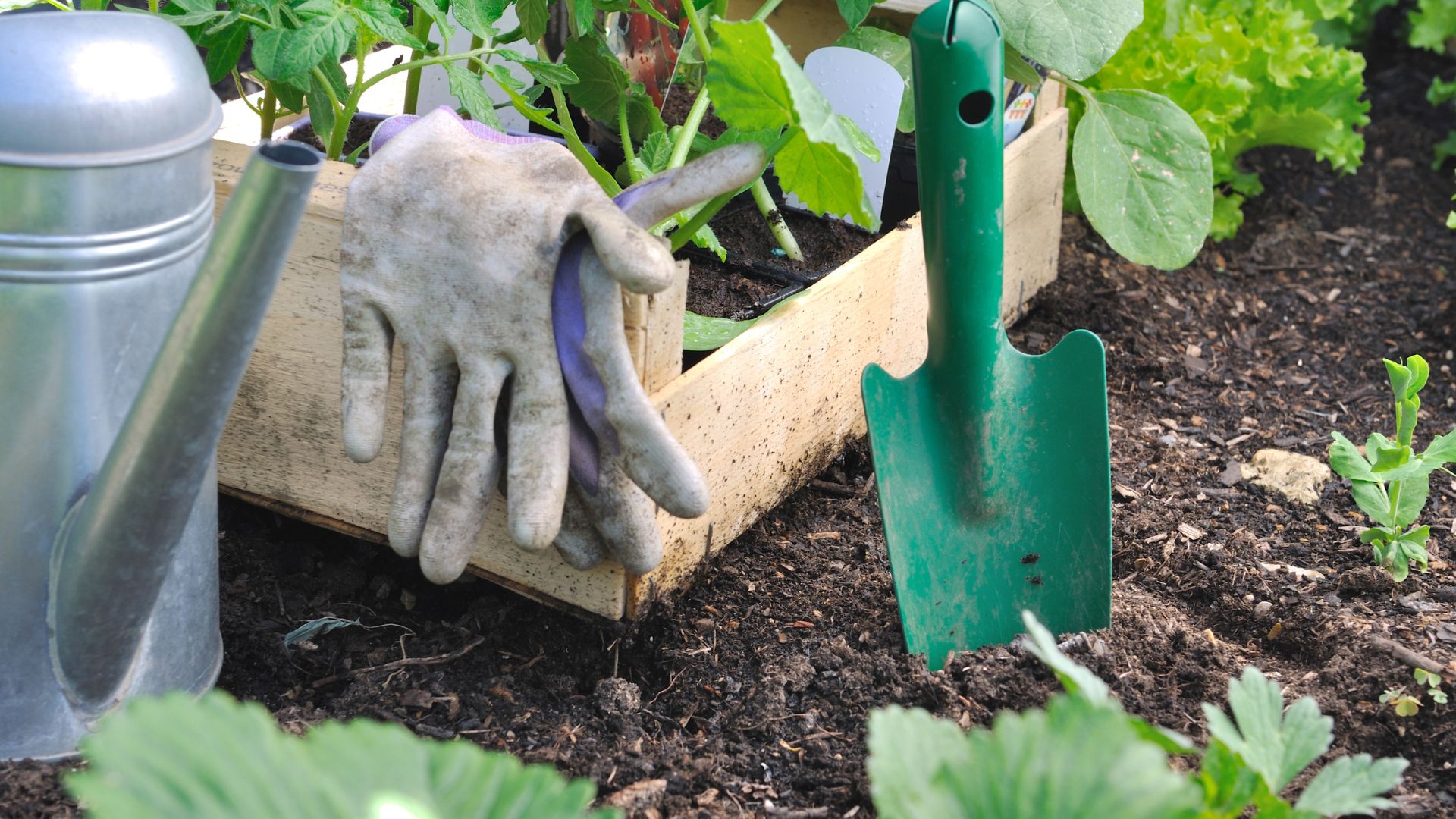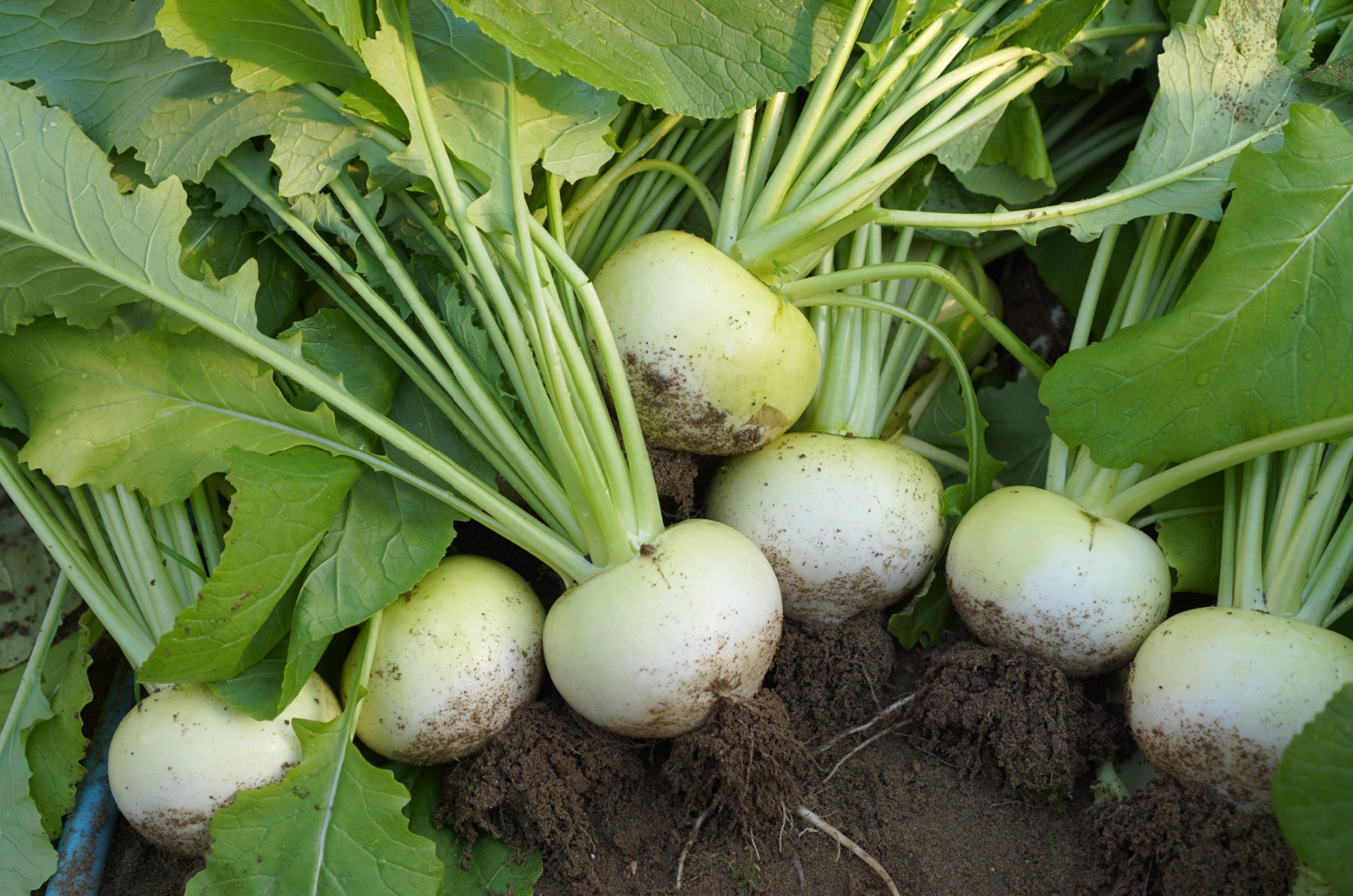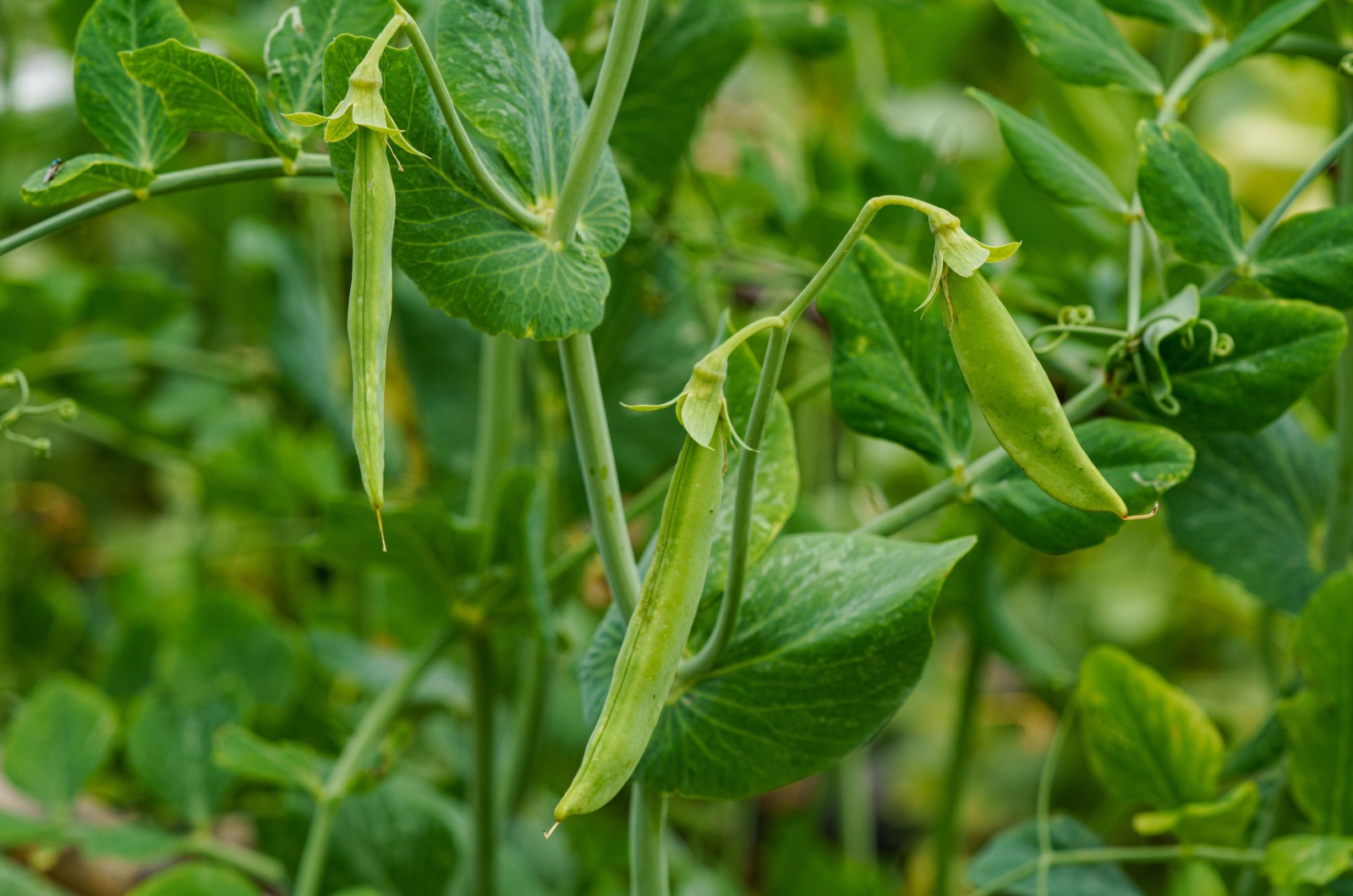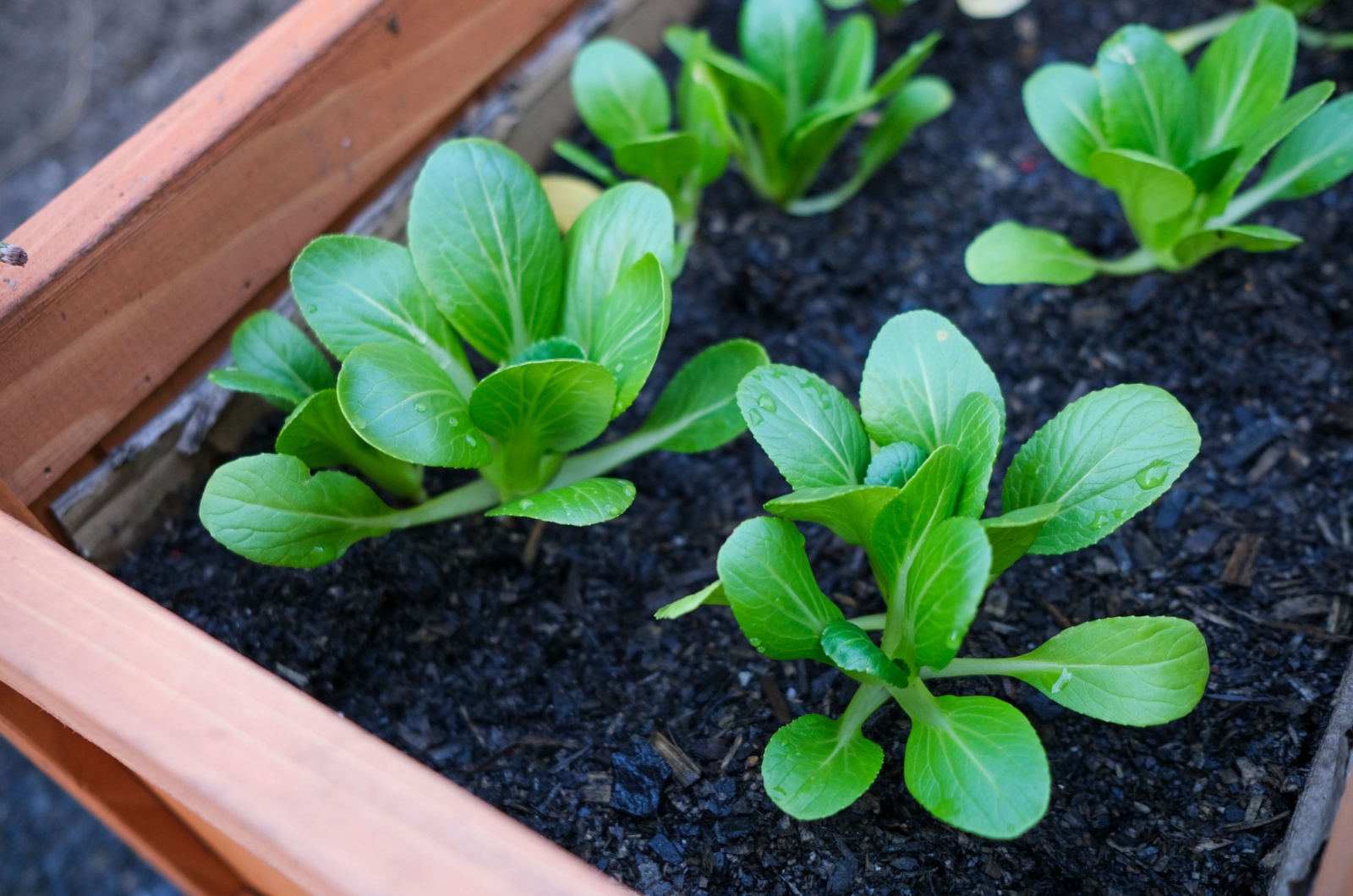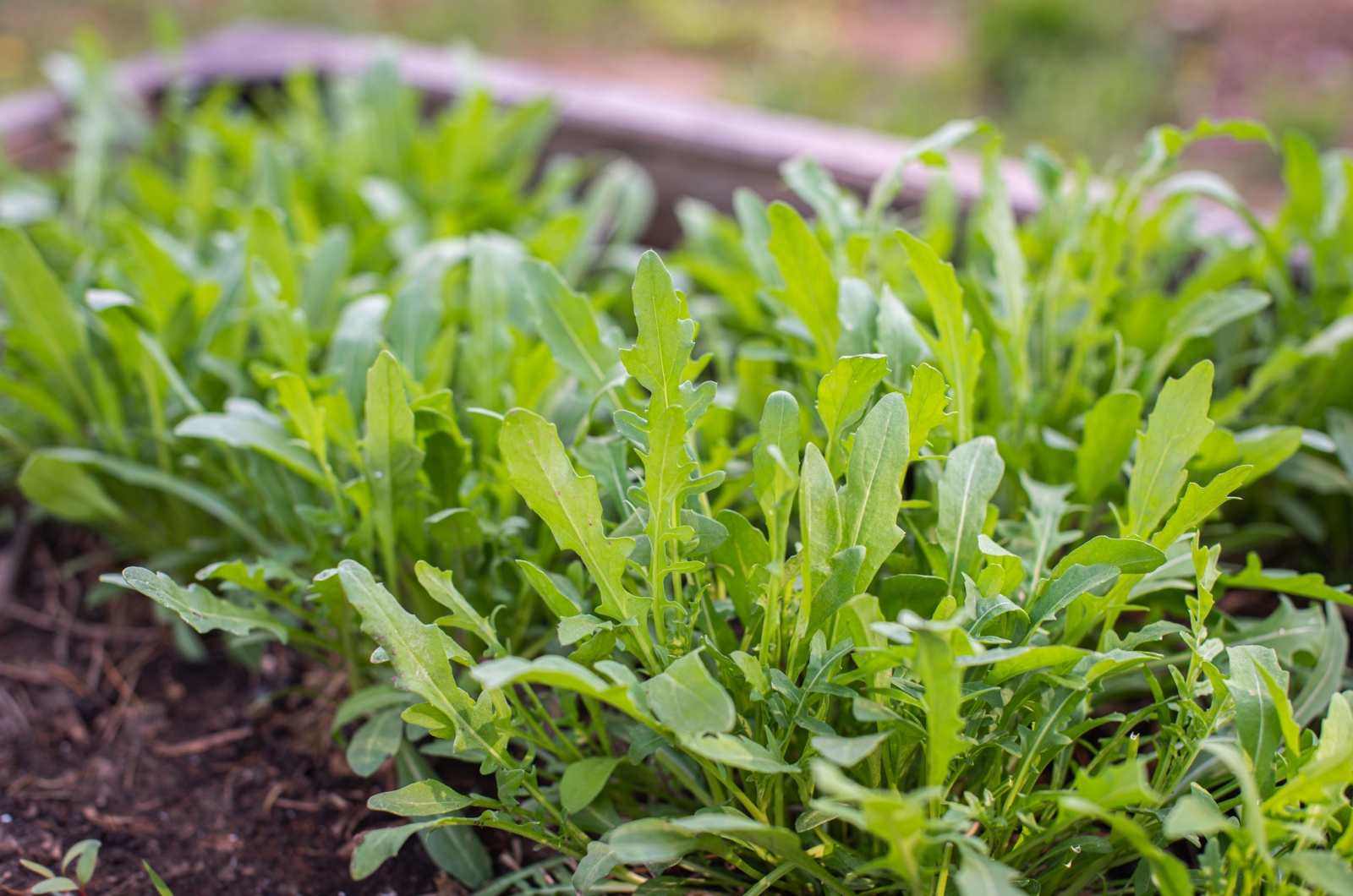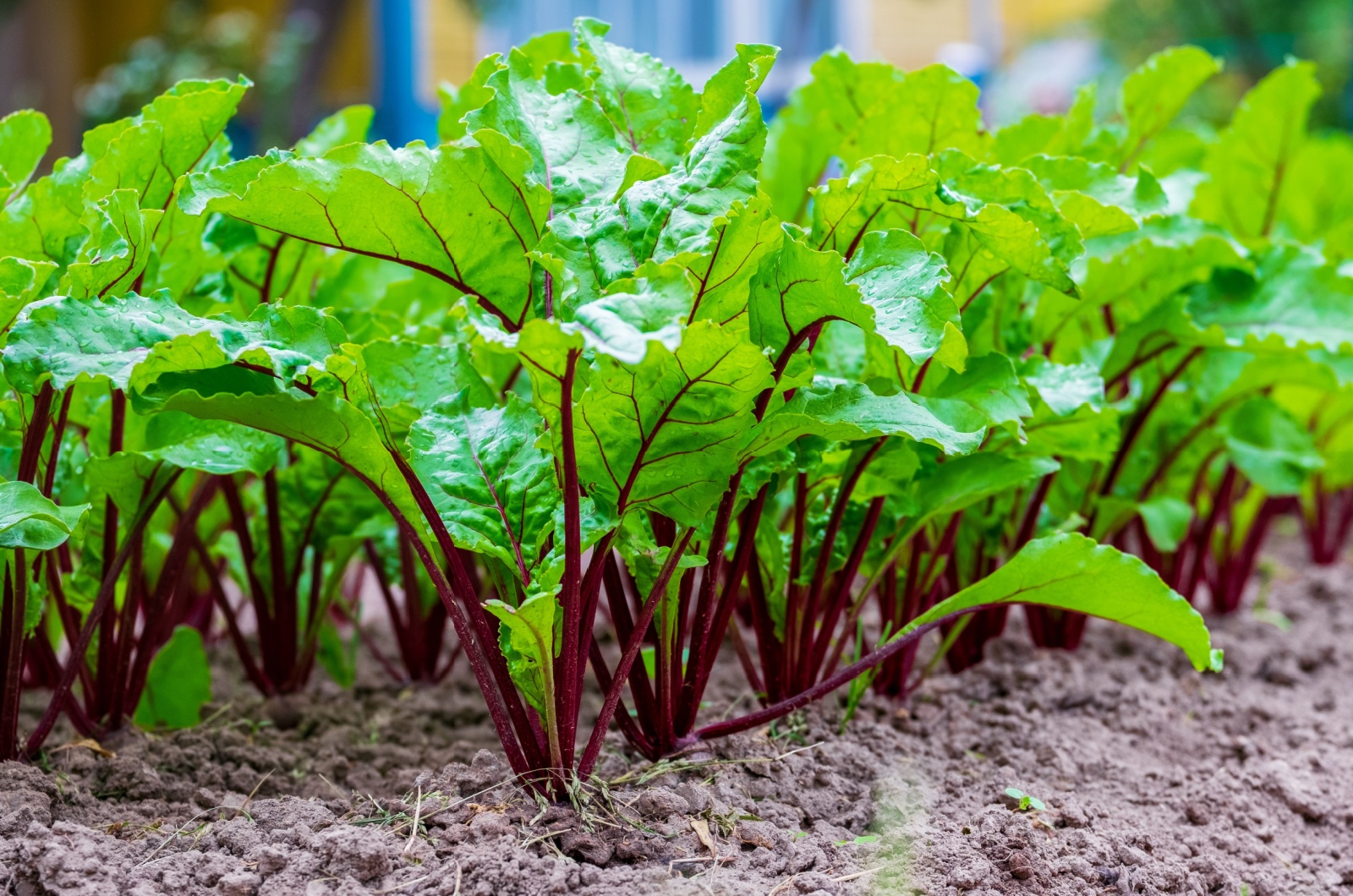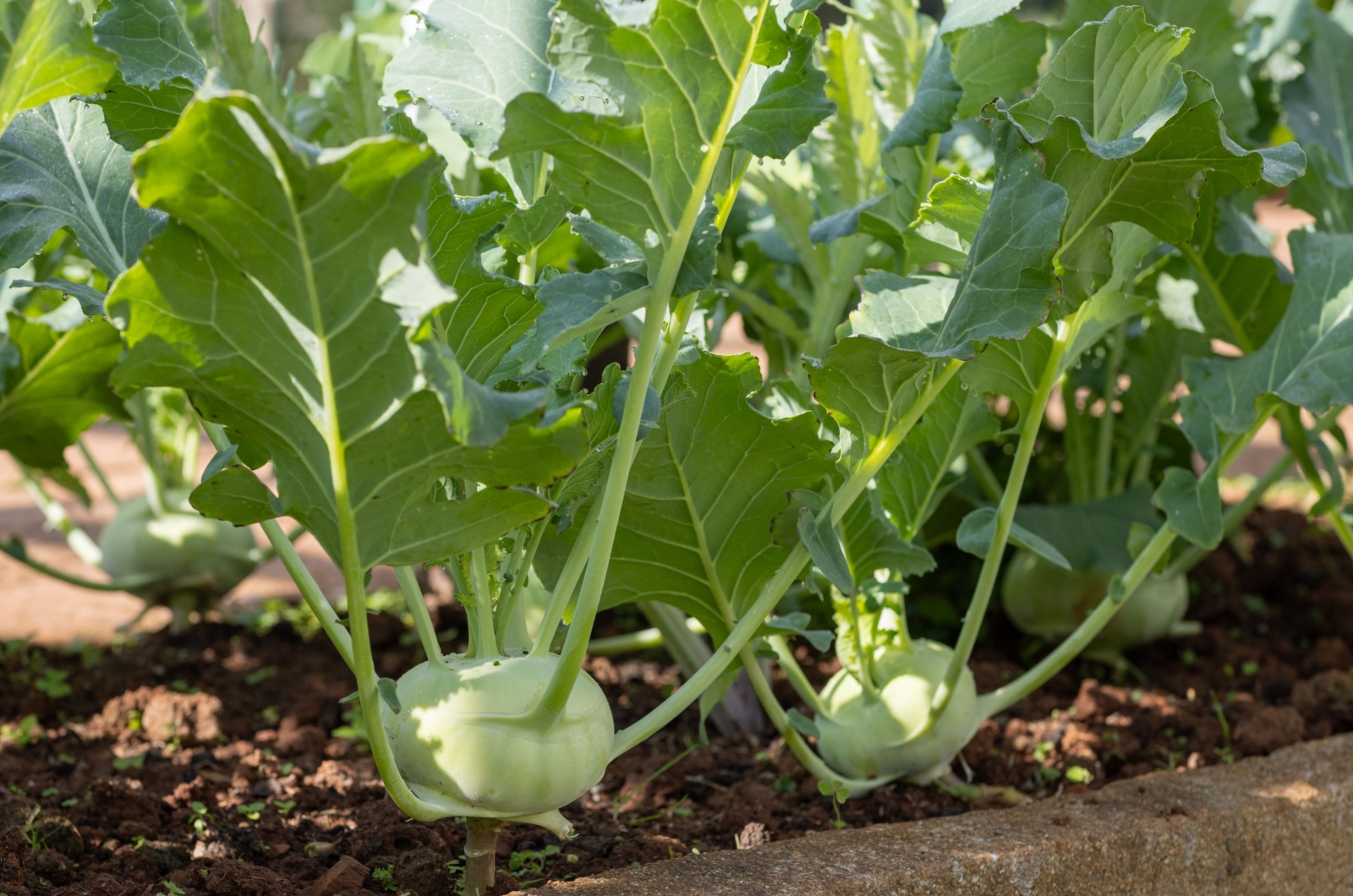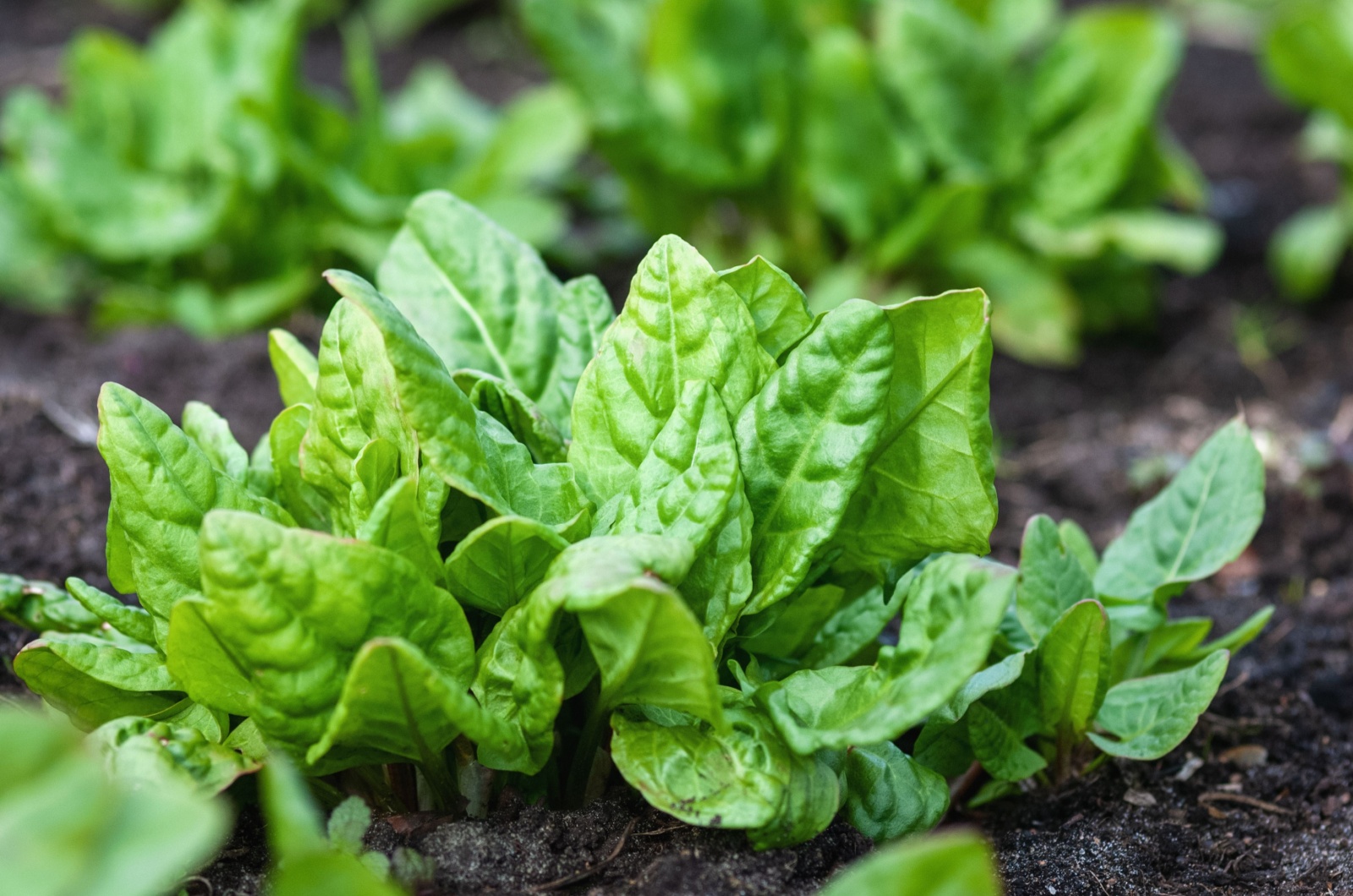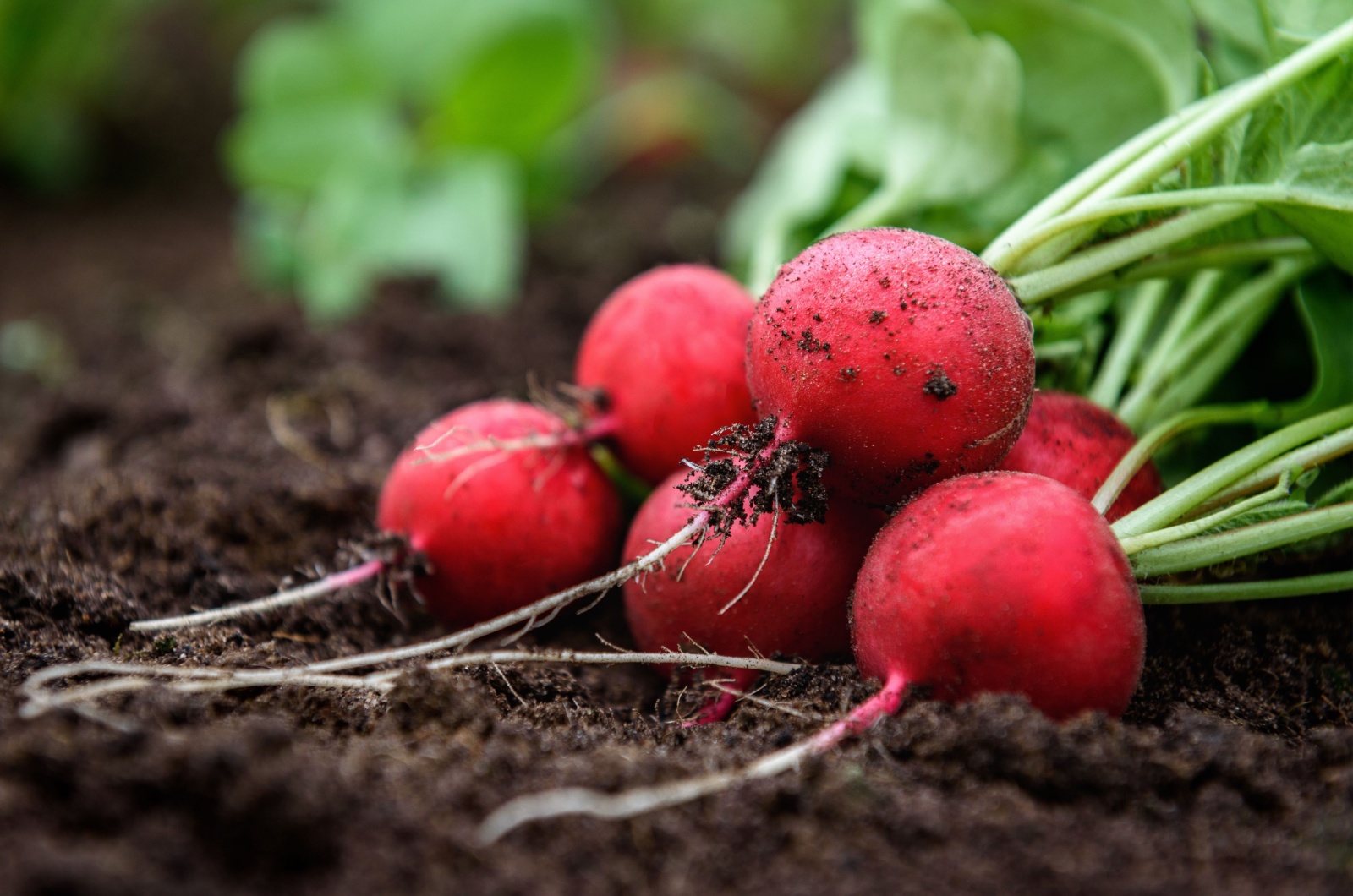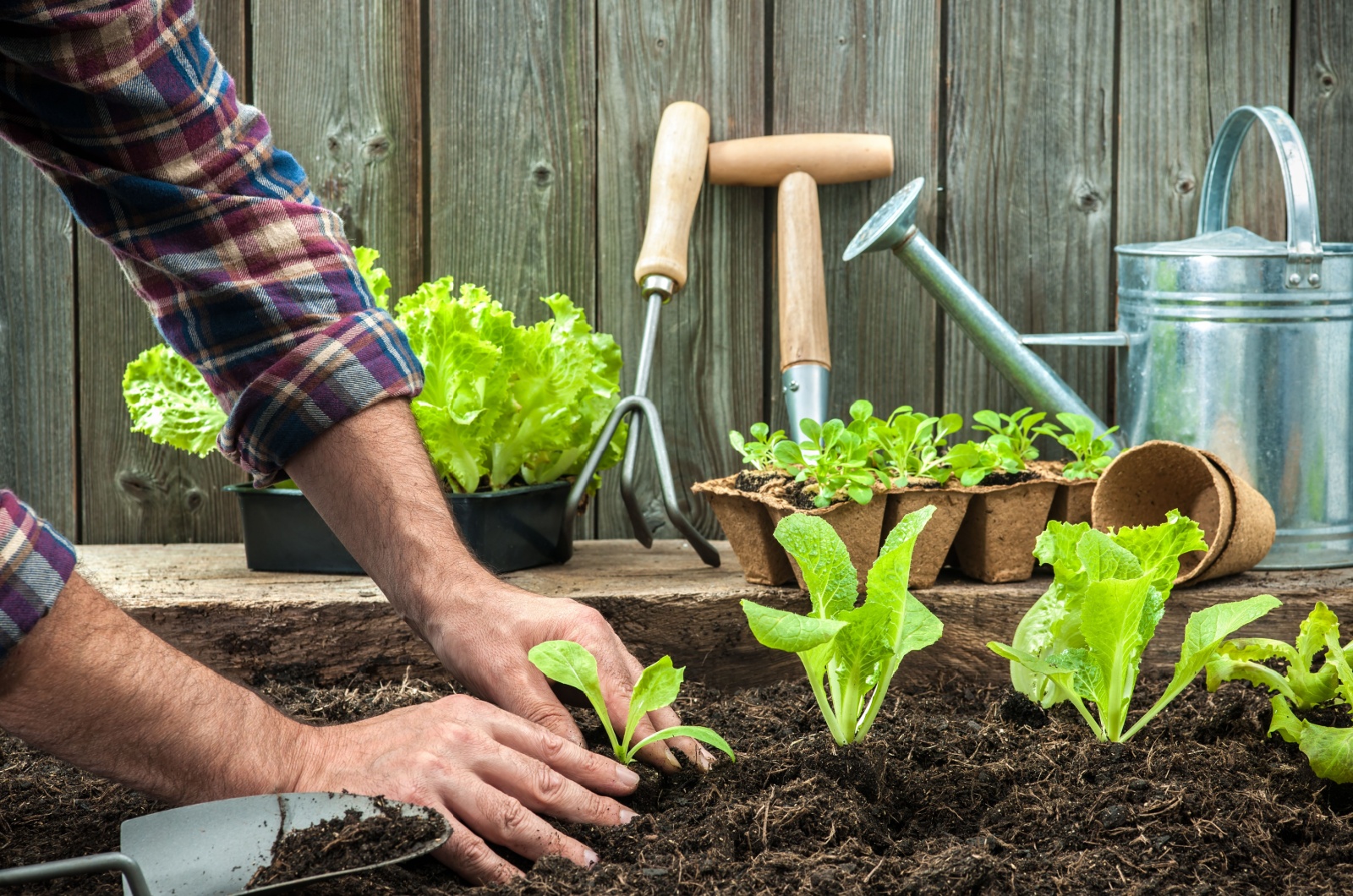With summer practically knocking on our doors, it seems as though spring has passed by in the blink of an eye!
I had big plans for my spring garden but somehow lost track of time (shoutout to all my busy gardeners out there). And when that happens, I just remind myself that it is still not too late to grow some greens before the scorching summer heat rolls in.
It’s all about seizing the moment and making the most of the time we have left in this fleeting spring season.
If you’re like me and feeling a little behind schedule, don’t fret! There’s still plenty of opportunity to get those hands dirty and watch your garden flourish with vibrant colors and fresh crops.
And now, I am going to share with you some tips about veggies that I’ve managed to grow successfully, despite planting them quite late in the season!
1. Go For Japanese White Turnips
Ever doubted turnips? I totally get it. But this one summer changed everything for me.
A friend asked me to take care of their garden while they were away, and that’s when I stumbled upon Japanese turnips. These little gems were nothing like the turnips of my childhood nightmares. They were crisp, tender, and surprisingly sweet; and now, I can’t get enough of them!
Japanese turnips are versatile – you can munch on them raw or cook them up in a variety of dishes. Plus, they’re super quick to mature, ready in just 50 days.
Here are some Japanese White turnip care tips:
• Make sure they have well-drained soil rich in organic matter.
• They love basking in the sunlight, but a bit of shade won’t hurt.
• Plant these white turnips about 2-4 inches apart, then thin them out to 4 inches.
• When planting, aim for a depth of about ½ to ¾ inch.
And voila! You’ll be enjoying your fresh Japanese turnips in no time.
2. Snow Peas Are Timeless
Need a quick fix for your veggie garden? Snow peas have got your back!
These veggies are the ultimate time-saver, ready to enhance your salads and stir-fries long before BBQ season hits. Plus, their delicate pods are a delight, and you can even munch on the shoots and leaves.
And here’s a neat trick: blanch your snow peas and pop them in the freezer for later enjoyment. Who says you can’t savor spring all year round?
Follow these care tips for successful snow pea cultivation:
• Snow peas thrive in well-drained soil, so give them some good drainage.
• Don’t forget to provide support for those climbing vines (they like to reach for the stars!).
• When planting, space the seeds about 4 inches apart and aim for a depth of around 1 inch.
With a maturity time of just 50-60 days, you’ll be harvesting your snow peas before you know it!
Also read: This Is The Number #1 Reason Why You Should Start Growing Peas In Your Home Garden
3. Embrace Asian Culture With Bok Choy
Bok choy is both easy and speedy, and you can grow it in late spring, too!
This Asian green not only grows like a champ but also does it in record time. While it’s a star in stir-fries, it truly shines when roasted (the caramelization brings out its natural sweetness, which makes it super yummy!).
And if you’re in the mood for something extra cute and tasty, give Baby Bok Choy a try! I love sneaking a seed or two into my flower boxes because they add both beauty and flavor.
You’d be surprised how easy it is to take care of Bok choy. Here are some tips:
• Bok choy thrives in rich, well-drained soil with a bit of shade, so aim for that perfect balance.
• Keep the soil consistently moist to ensure happy, healthy growth.
• When planting, space the seeds about 6 inches apart and aim for a depth of ¼ to ½ an inch.
You’ll get to enjoy this delicious veggie after just 45-60 days!
4. Give Arugula A Try
Now let’s talk about my favorite veggie: arugula!
I swear, everytime I taste arugula, I imagine myself enjoying it in Italy with pizza and white wine (wouldn’t that be nice?). That’s why I decided to grow it in my garden – so I can escape to Italy whenever I want!
If you want an extra kick to it, give wasabi arugula a try. It packs a punch with that signature wasabi heat.
You can even let a few plants go to seed, and they’ll come back year after year. Mine practically plants itself now!
Here are some care tips to keep your arugula thriving:
• Make sure it’s planted in well-drained soil and gets some shade to keep it happy.
• Keep the soil consistently moist for the best results.
• When planting, space the seeds 4-6 inches apart and aim for a depth of ¼ to ½ an inch.
• Consider adding some arugula companion plants nearby.
Plant some, and in about 30-40 days you’ll get to visit Italy with me!
5. Plant Beets Anytime, Anywhere
Alright, I know beets might not be everyone’s favorite, but stick with me here.
The green parts alone are reason enough to grow them – you can enjoy them in just a few weeks! Pick them small for salads or let them bulk up for cooking. Trust me, they’re delicious either way.
If you like wine, then you’ll definitely be intrigued by beet wine (I know I was). I mean, it comes from beets, so it has to taste bad? Wrong! In fact, it’s surprisingly tasty, like a nice dry red!
Even if you are in it for the wine, here are some care tips that’ll help you grow beets:
• Make sure they’re planted in loose, well-drained soil with plenty of sunlight.
• When planting, space the seeds 1-2 inches apart and aim for a depth of ½ to 1 inch.
• Keep an eye on them because they typically mature in 50-70 days.
Let’s bring beet wine to our little Italy trip along with the arugula, shall we?
6. Kohlrabi Can Tough It Out
Let me share a little secret about broccoli – the real star isn’t the florets, it’s the stem! But did you know that you can skip the broccoli altogether and go straight for kohlrabi?
That’s right, kohlrabi is like a whole bulb of broccoli stem, and it will be ready for harvesting in just over a month!
Here’s what you need to know to grow your own kohlrabi:
• Make sure to plant them in well-drained soil with plenty of sunlight.
• When sowing the seeds, space them 6 inches apart and aim for a depth of ¼ to ½ an inch.
• Keep the soil consistently moist because kohlrabi likes to be fresh all the time.
Wait about 55 days, and you’ll get to enjoy your very own kohlrabi bulbs!
7. Spinach Is Always Adaptable
You can never be late with spinach – no matter if you plant it in spring, summer, or even winter, spinach will just keep on growing!
This is a versatile veggie that doesn’t mind a bit of shade, making it perfect for a late spring crop. With many varieties ready in around just 45 days, you’ll still have time to enjoy those fresh greens.
If you want to add some baby spinach to your morning smoothies, here’s how to grow it on your own:
• Opt for rich, well-drained soil and cooler temperatures, and if you’re in warmer climates, provide some partial shade.
• When sowing the seeds, space them out 6-8 inches apart, adjusting based on the variety you’re growing.
• Aim for a planting depth of ½ to 1 inch so they can have plenty of space to grow.
When harvesting, pull up the entire plant to make room for your next warm-weather crop.
Related: Easy Tips On Growing Spinach At Home Or In The Garden
8. Radishes Just Keep Coming
If you want instant garden gratification, then go for radishes because most types are ready to harvest in just 30 days!
Here’s a little trick I’ve learned over the years: plant them in batches of ten every ten days. That way, you’ll have a continuous supply right up until the heat becomes too much for them.
And when you pick a batch, sow some new seeds right where you just harvested to have never-ending radishes!
When it does start to get too warm, you can let a few of them go to seed. Those seed pods? Crunchy, spicy, and downright addictive! Trust me; every gardener should give them a try at least once.
These are some tips that helped my radishes grow and thrive:
• Plant them in sunny spots with well-drained soil.
• Keep the soil consistently moist, but don’t drown them!
• Resist the urge to fertilize; otherwise, you’ll end up with radish leaves galore.
Also read: 7 Tips For Growing And Using Root Vegetables
9. Lettuce Comes Late To The Party
It might feel like you’ve missed out on planting lettuce, but that might not be entirely true – with cut-and-come-again leaf lettuces, you can still enjoy homegrown greens before the summer sun takes over.
If you’ve got a spot in your garden that gets a bit of shade during the day, it’s the perfect place to plant your lettuce. Believe me, your lettuce will be super thankful for it!
Here are some quick care tips for growing lettuce:
• Rich, well-drained soil is key, so give those greens the good stuff!
• Keep the soil consistently moist because nobody likes a wilted salad.
• Plant your lettuce seeds about 6-8 inches apart and just a smidge below the surface.
Depending on the type, you’re looking at about 30-60 days until you’re munching on some fresh lettuce!
Well, friends, we’ve covered a lot about late spring veggies and how to grow them. Did you ever think you could still have a thriving garden, even if you missed the spring planting window?
Which of these veggies are you most excited to grow? And if you’re an experienced gardener, what tips do you have for planting them later in the season? Share your wisdom with us!
As for me, I’m feeling inspired to try some new varieties. Happy planting, everyone!
This might be helpful: 15 Vegetables You Should Never Plant Together

